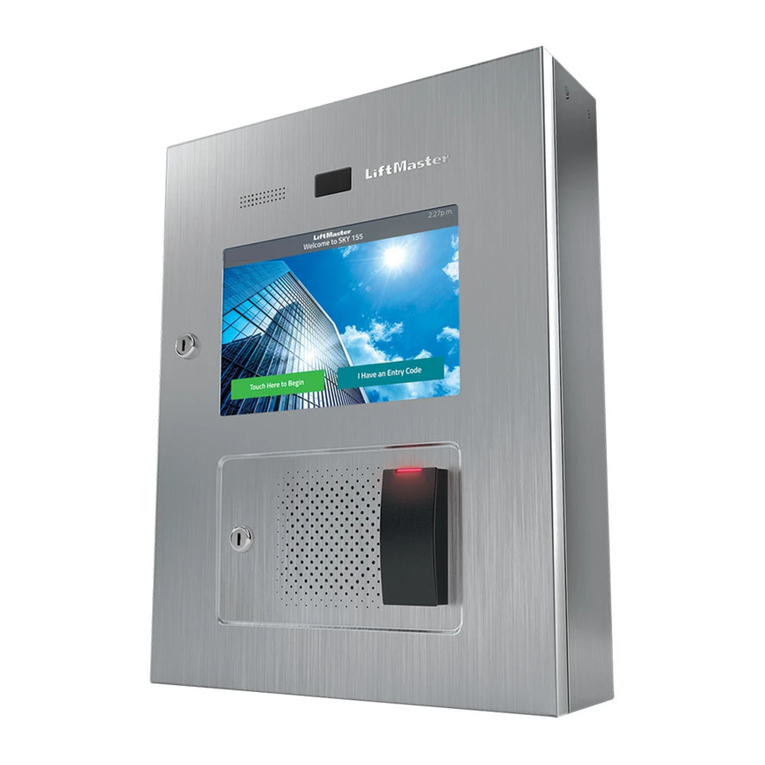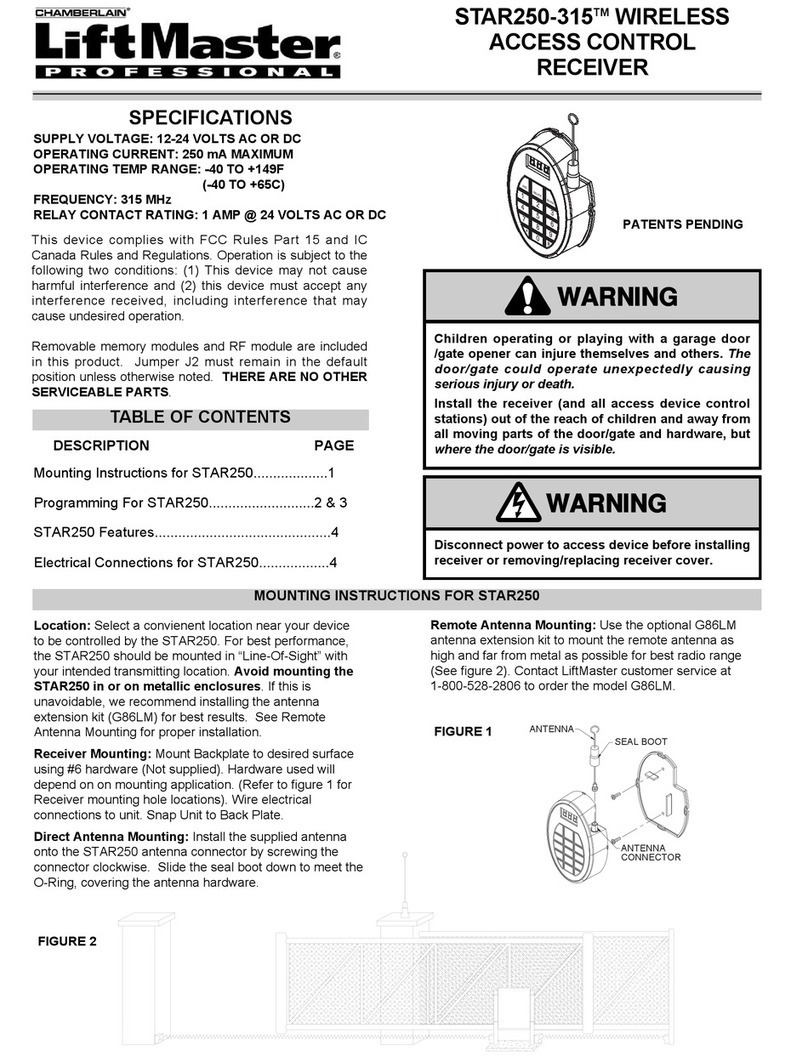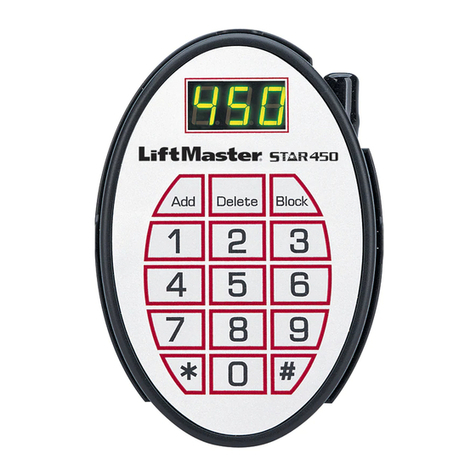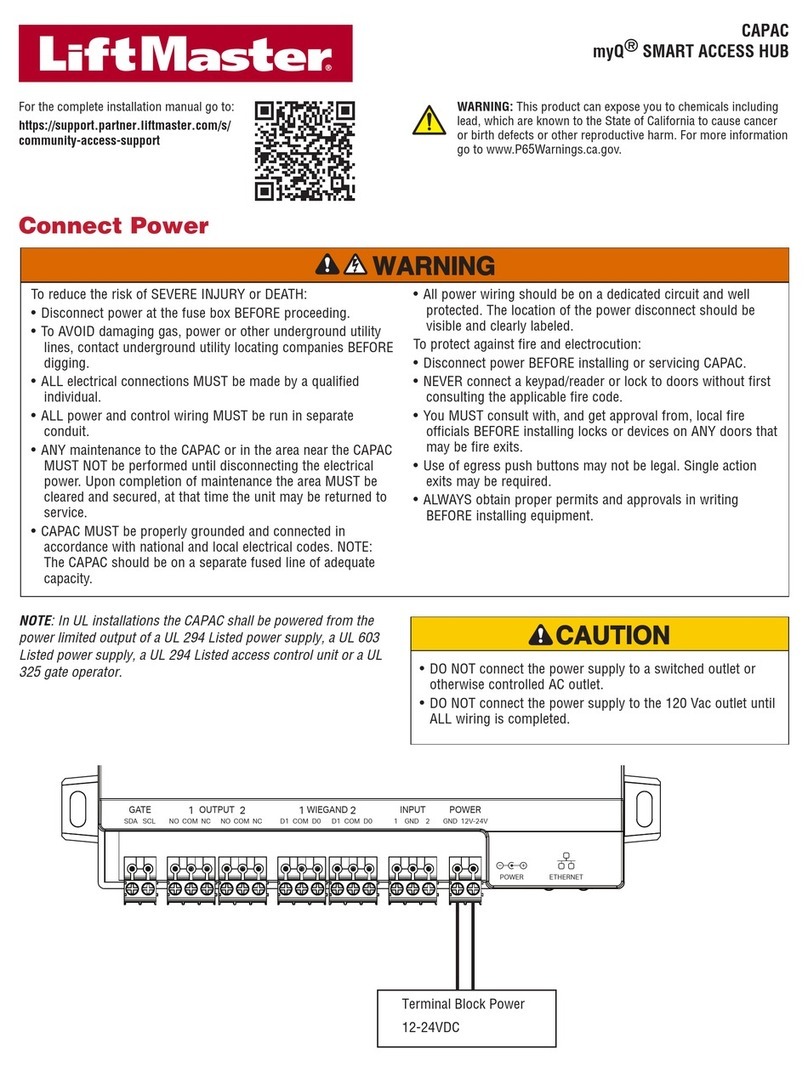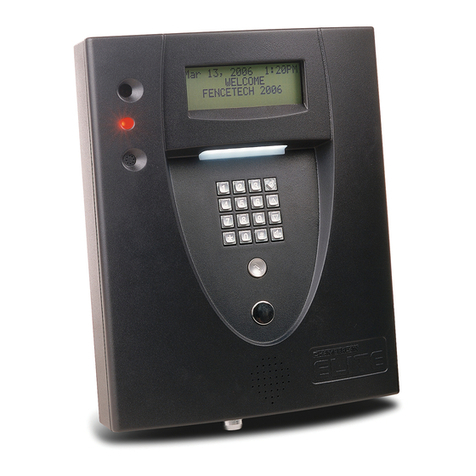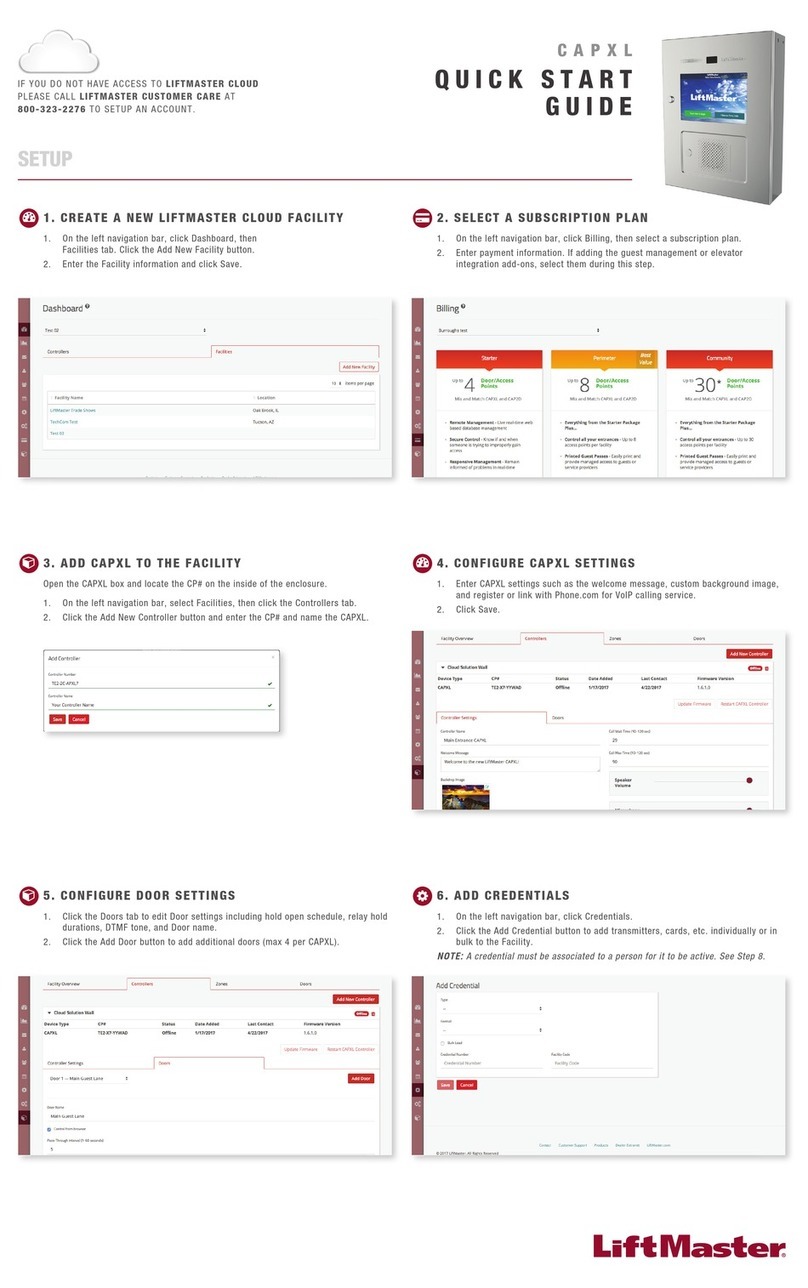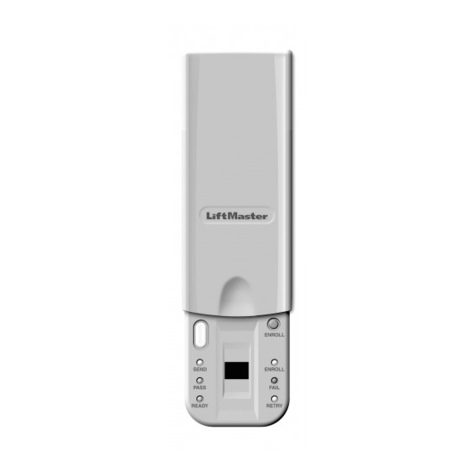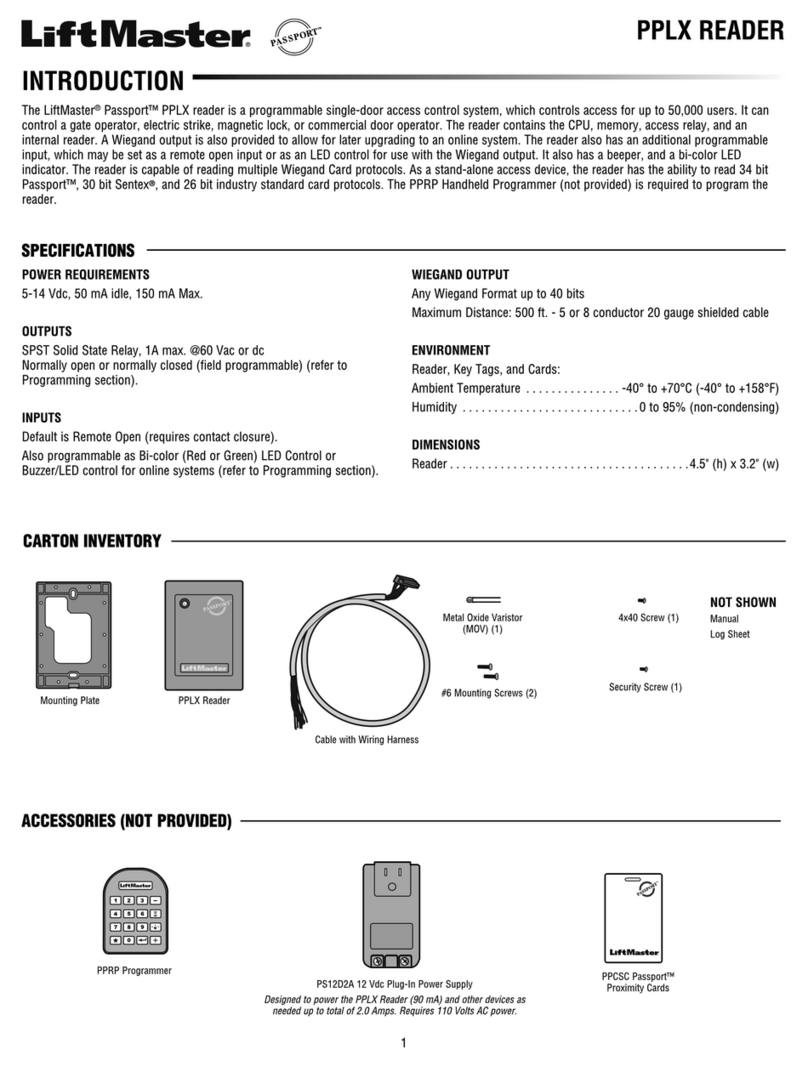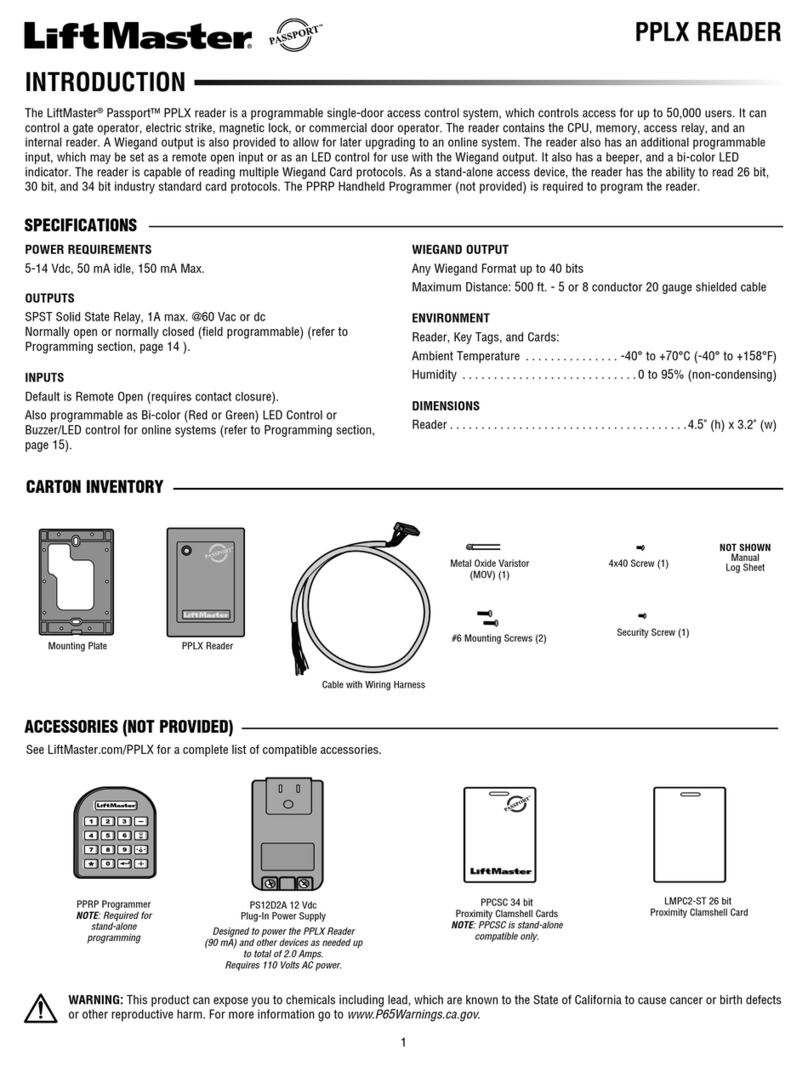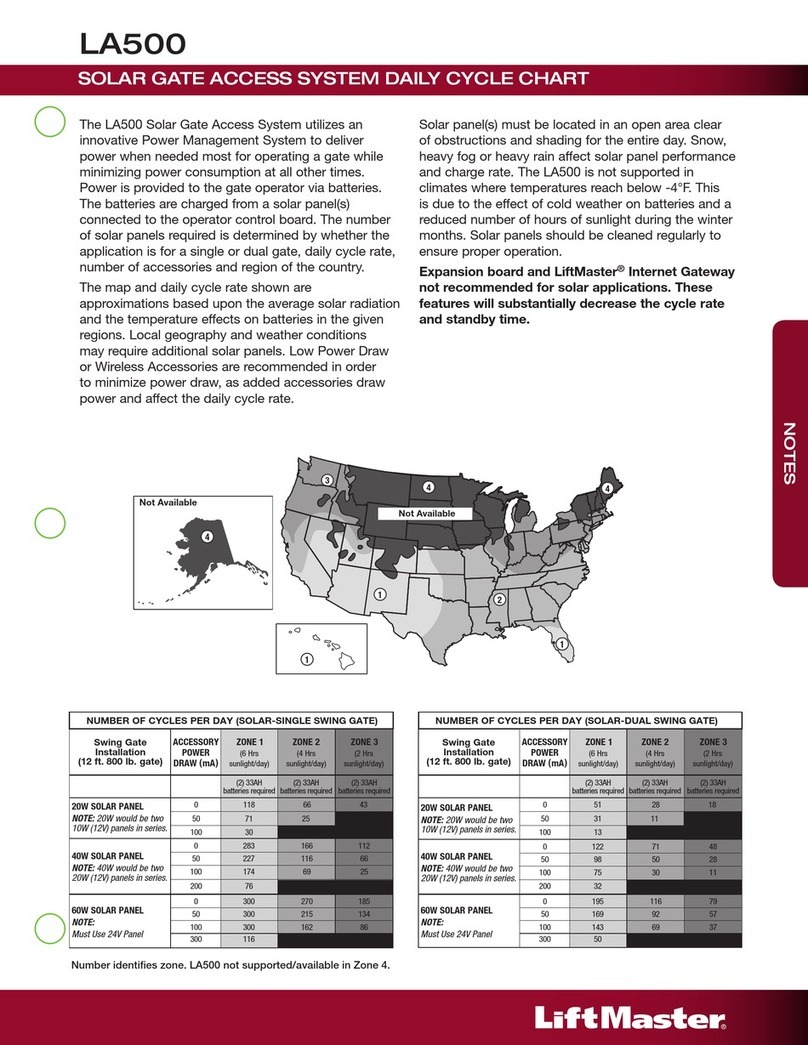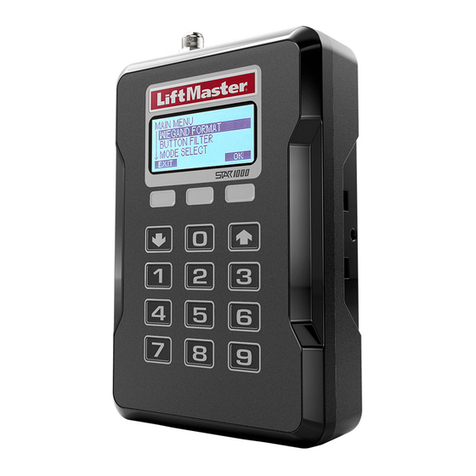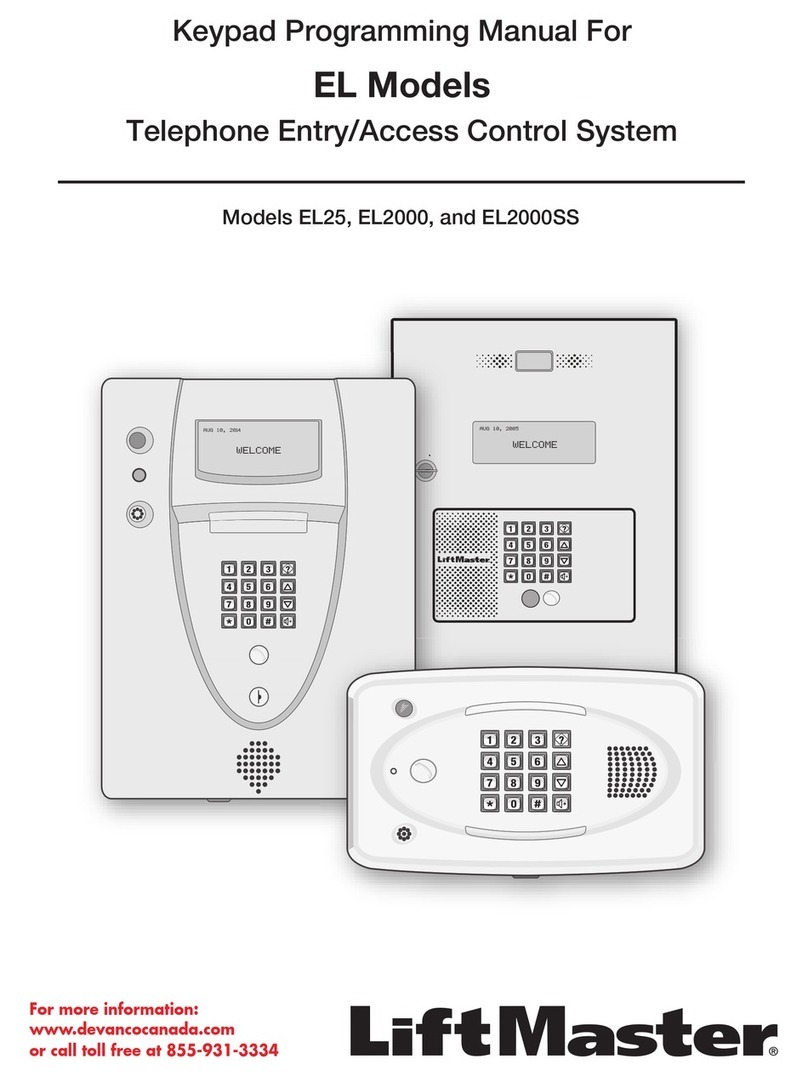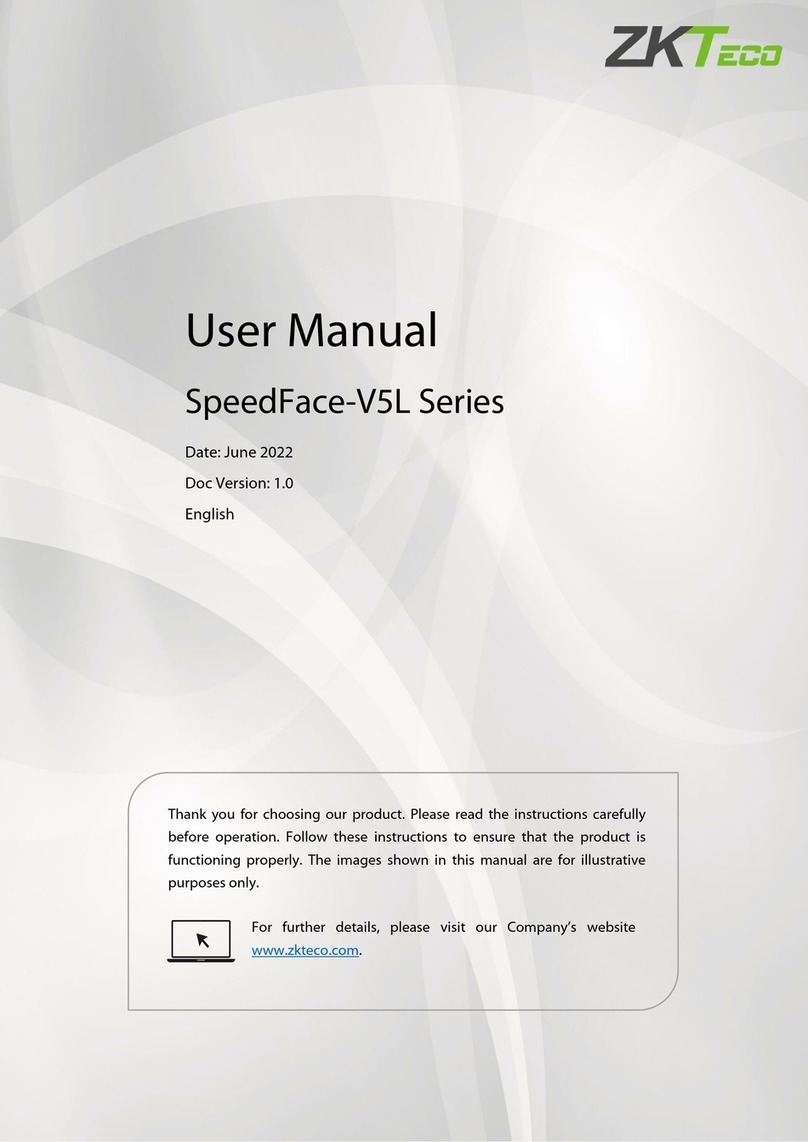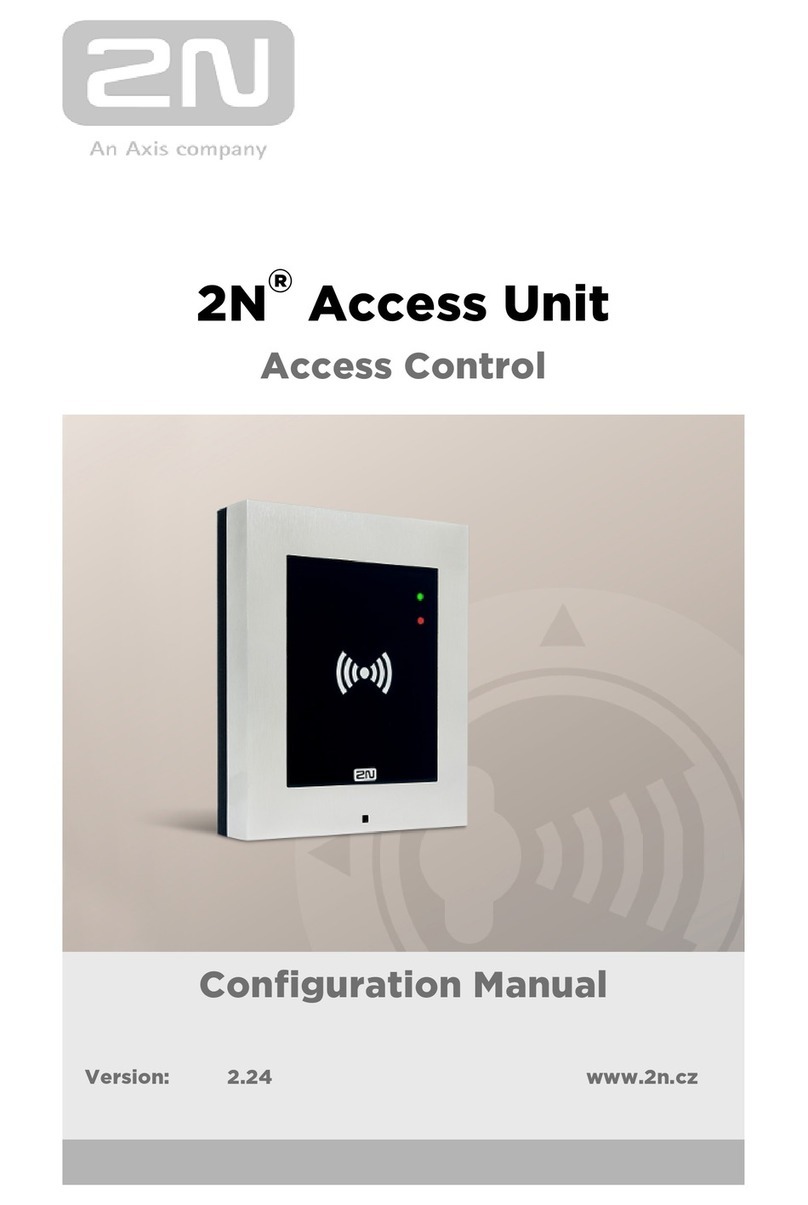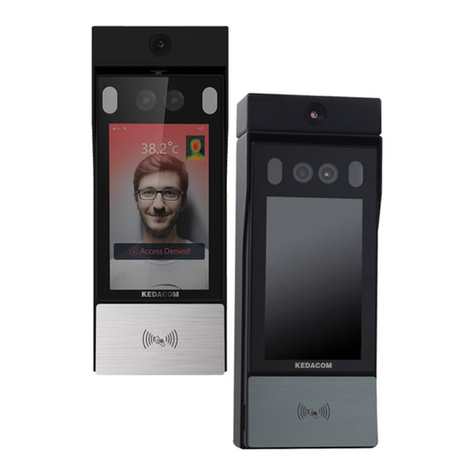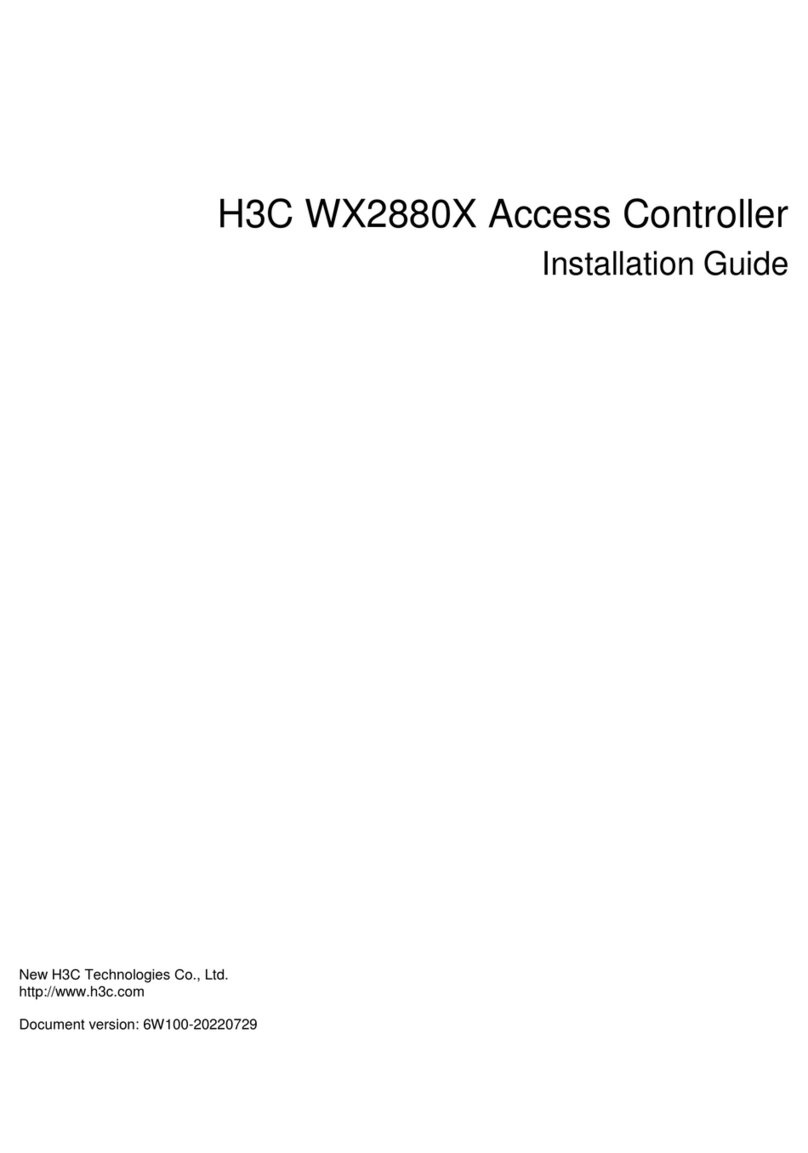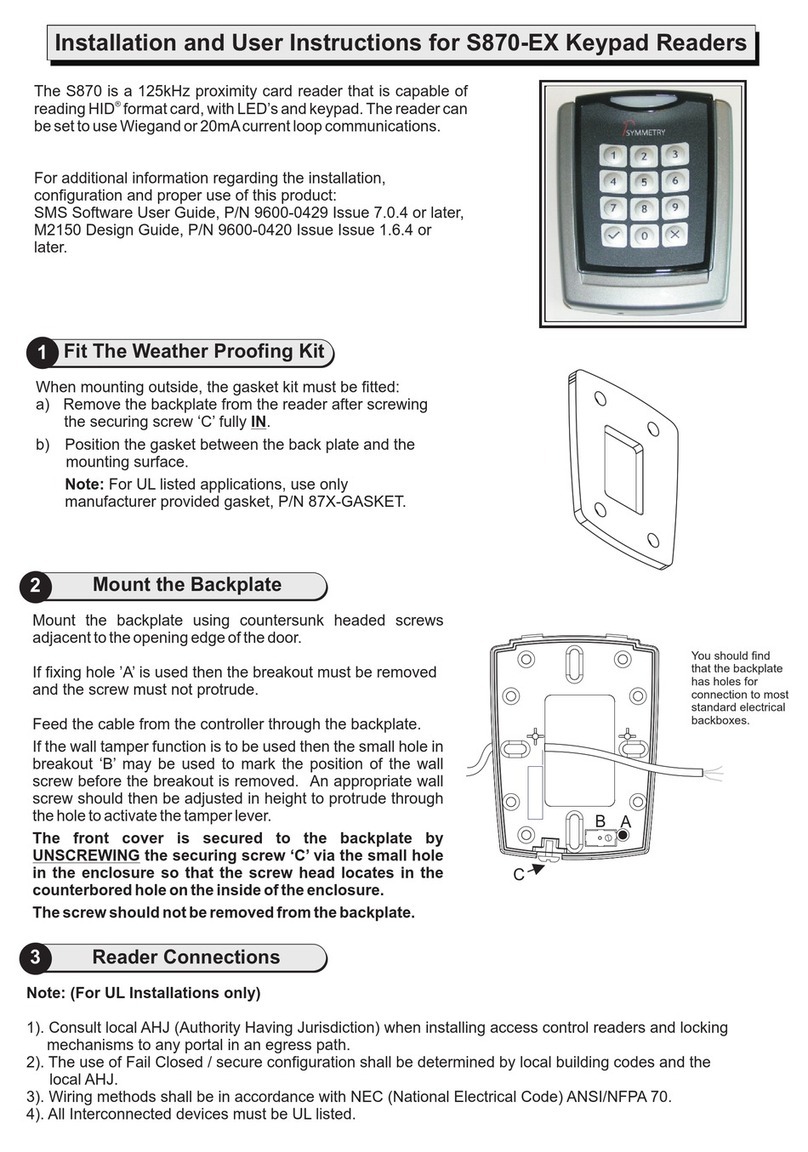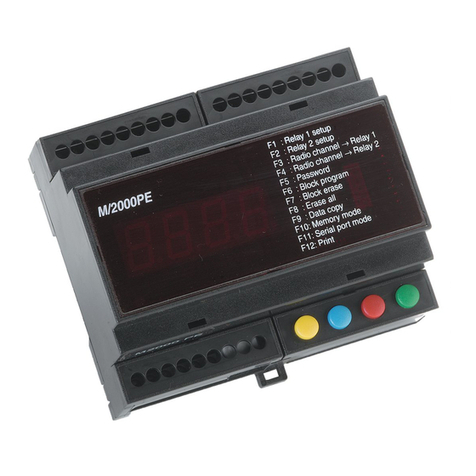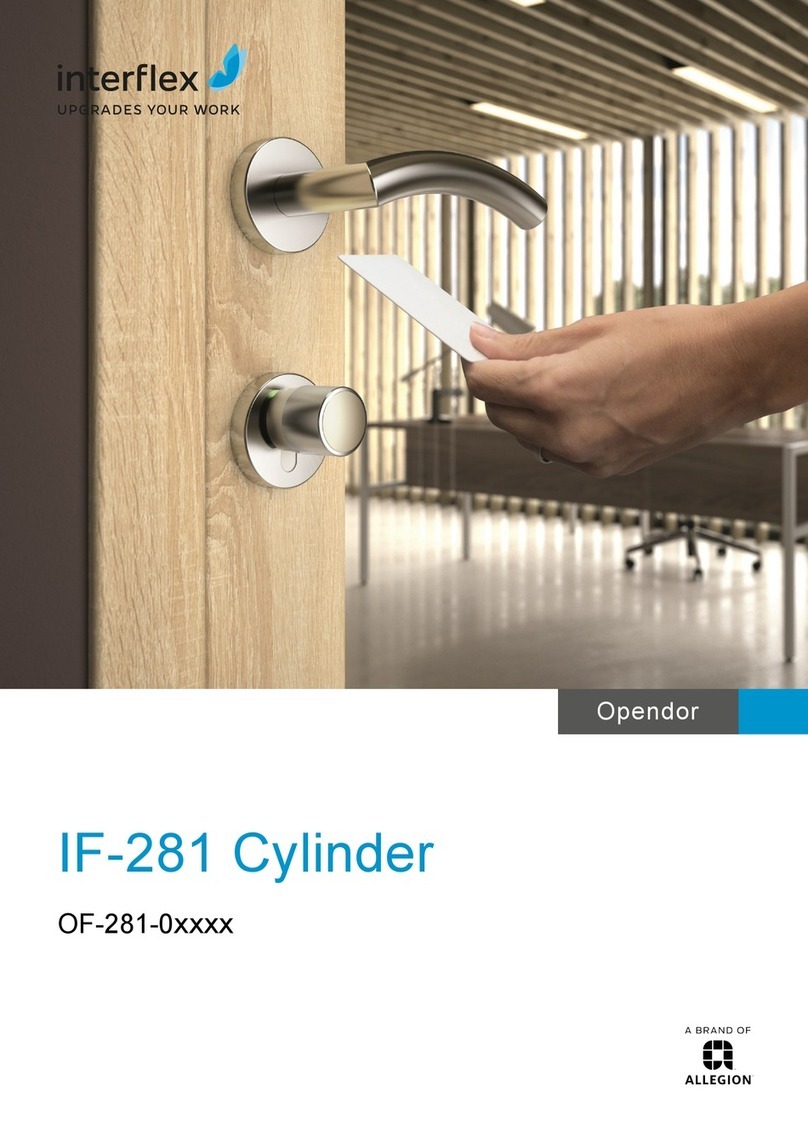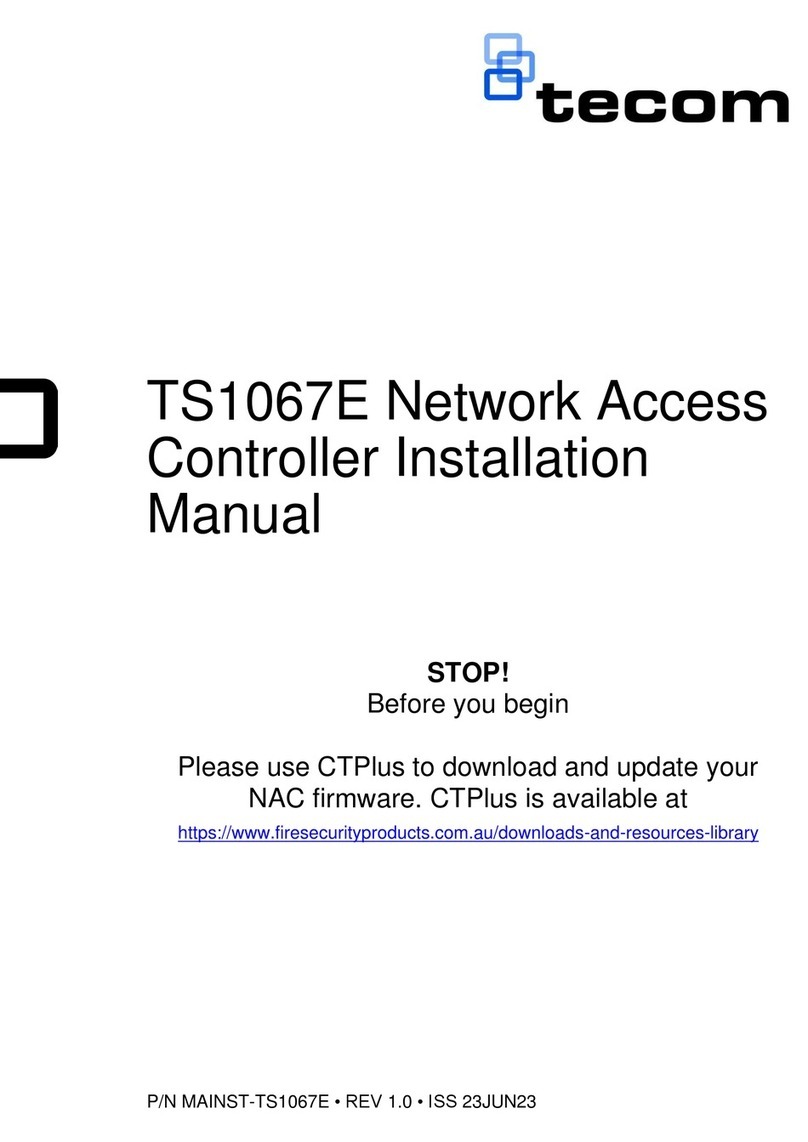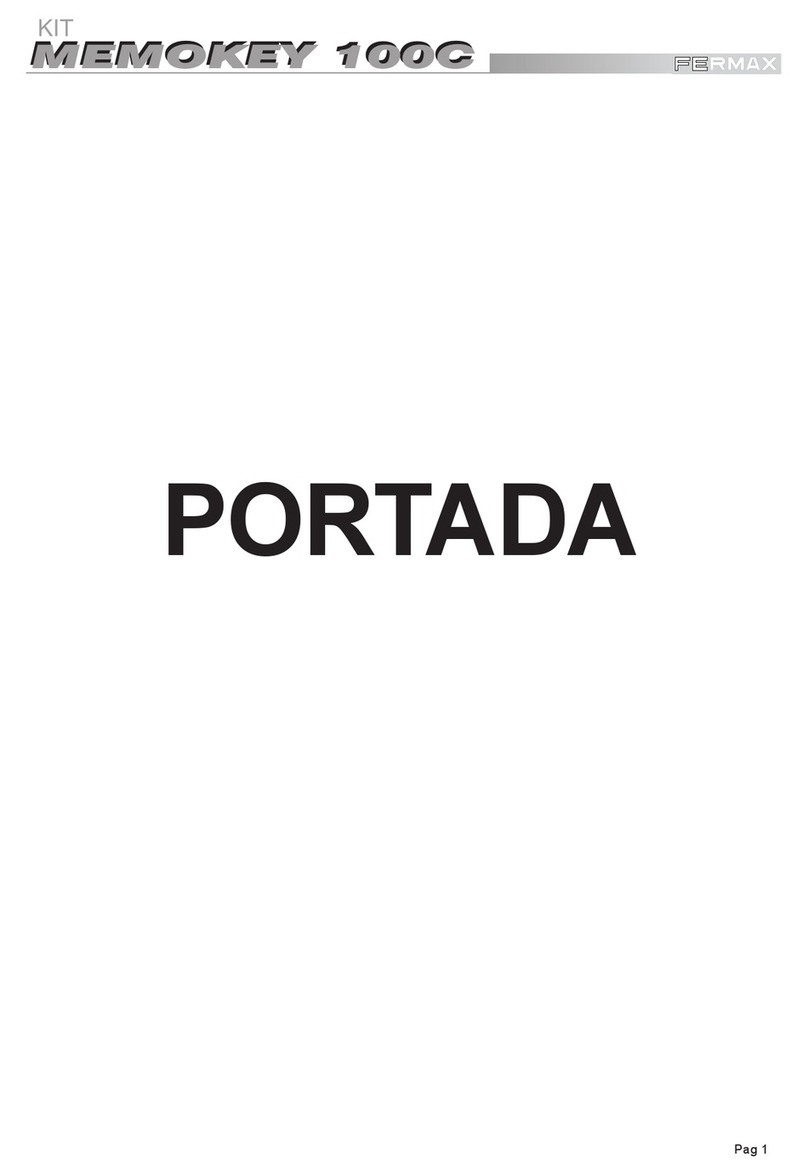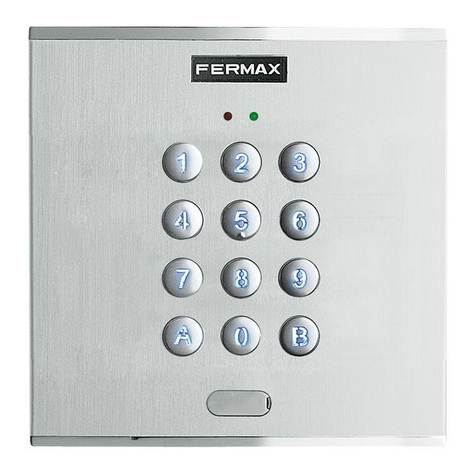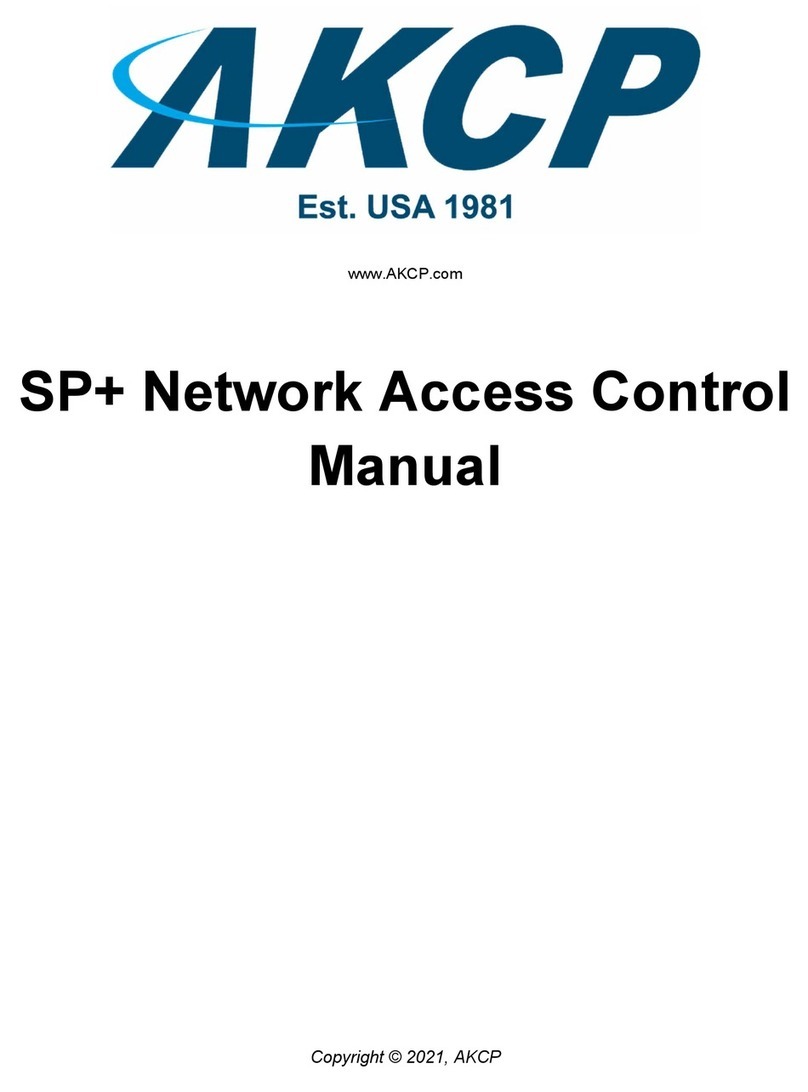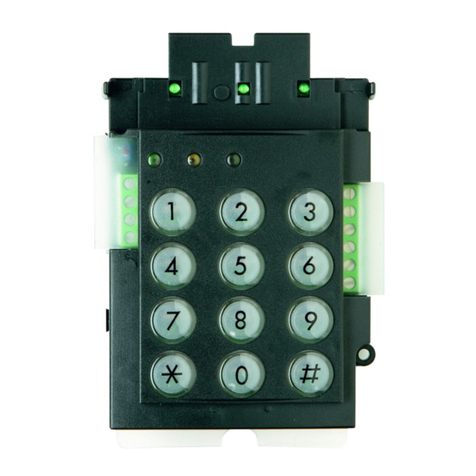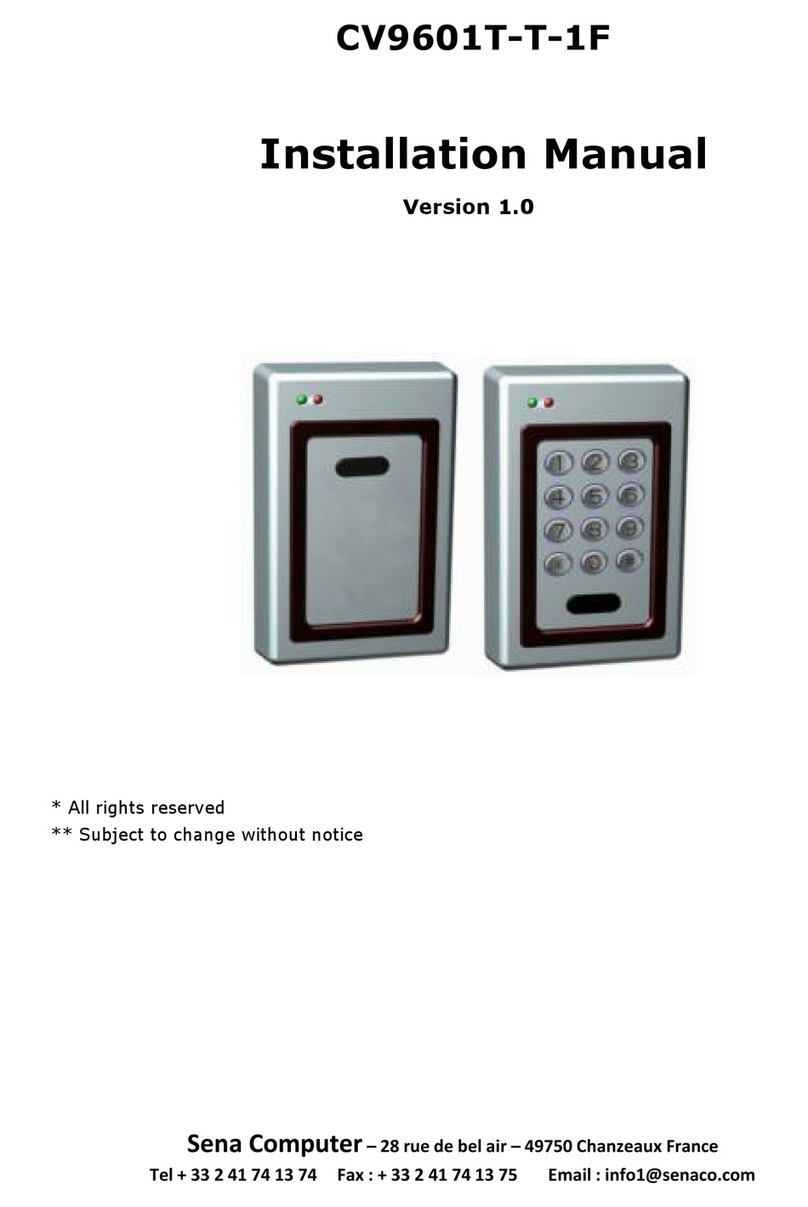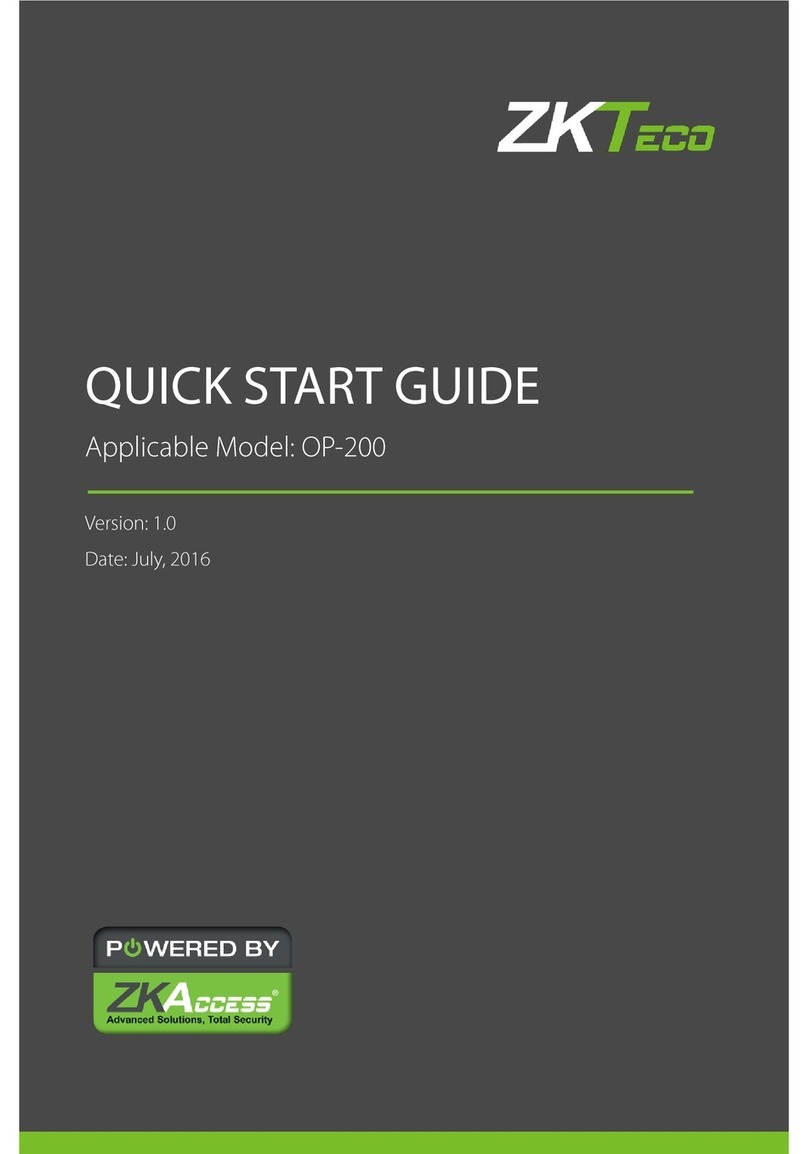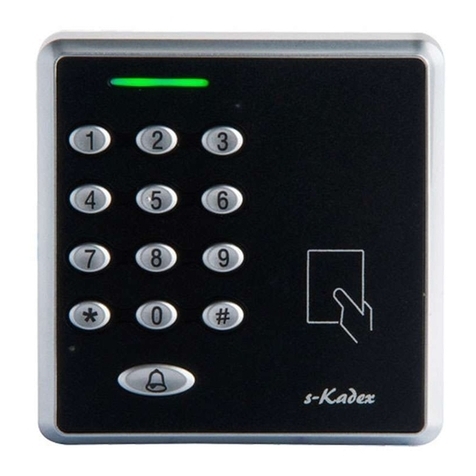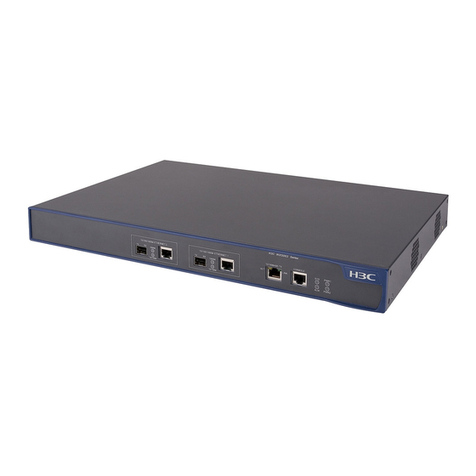
7
QUICK REFERENCE GUIDE
Programming
Number Page Description of Task Factory
Setting
Programming
Procedure
81 41 Add or Edit a Full
Function Card 81 # (card PIN code) # (facility code) (card type, 26 or
30) # (schedule for door 1, 0-63) # (schedule for door 2,
0-63) # (schedule for door 3, 0-63) # (schedule for door
4, 0-63) #
82 41 Add a Group of Cards
at Once 82 # (card PIN code start range) # (card PIN code end
range) # (facility code) # (card type, 26 or 30) #
(0=deactivate, 1=activate) # (schedule for door 1, 0-63)
# (schedule for door 2, 0-63) # (schedule for door 3,
0-63) # (schedule for door 4, 0-63) # name (0-20
characters) #
87 42 Activate or Deactivate
a Card 87 # (card PIN code) # (facility code) # (card type, 6 or
30) # (0=deactivate; 1=activate) # (0=don’t use start;
1=use start) # (Start Date=yymmdd) # (Start Time=hhmm)
# (0=don’t use end; 1=use end) # (End Date=yymmdd) #
(End Time=hhmm) #
88 42 Delete a Card 88 # (card PIN code) # (facility code) # (card type, 26 or
30) #
102 49 Configure “Door Held
Open” Alarm Feature Disabled 102 # (alarm option; 0=disable, 1=enable until relay time
expires, 2=enable until alarm clears) # (relay group, 0000-
1111) # Order of relays is 4321
103 50 Configure “Door
Forced Open” Alarm
Feature
Disabled 103 # (alarm option; 0=disable, 1=enable until relay time
expires, 2=enable until alarm clears) # (relay group, 0000-
1111) # Order of relays is 4321
104 50 Configure “Strikes and
Out” Alarm Feature Disabled 104 # (alarm option; 0=disable, 1=enable until relay time
expires, 2=enable until alarm clears) # (relay group, 0000-
1111) # Order of relays is 4321
105 49 Enable or Disable Anti-
Passback Forgiveness
at Midnight
Enabled 105 # (0=disable; 1=enable) #
106 54 Enable or Disable Echo
Cancellation by
Channel
Enabled 106 # (1=Mic/Spkr; 2=Resident; 3=Telco #; 0=disable;
1=enable)
109 53 Override Telephone
Company Answering
Service
Disabled 109 # (0=no; 1=yes) # Default is “No”
110 54 Set a Phone Number’s
Extension Delay Time No Delays 110 # (directory code) # (phone extension delay) # (call
forward extension delay) #
111 20 Verify Unit Number 111 #
113 53 Dial “0-9” First to Get
an Outside Line Using
a Automated Phone
System
Disabled 113 # (0=disable; 1=enable) # (0-9, when enabled) #
115 52 Set Alternative Prefixes Normal 115 # (normal-00, mixed-01, asterisk-02, pound-03,
number-1n) # each unit in chain must have same setting
116 56 Change the Visitor Call
Response Keys 9, 5, 3, 7,
2, 1,* 116 # (activate door 1) # (activate door 2) # (activate
door 3) # (activate door 4) # (call wait toggle) # (extend
talk time) # (hang up and deny access) #
118 55 Configure Maximum
Modem Speed 14400 118 # Speed (14400, 9600, 2400, 1200) #
120 63 Talk through the Unit
Speaker 120 #
121 64 Cycle Door 121 # (door 1-4) #
